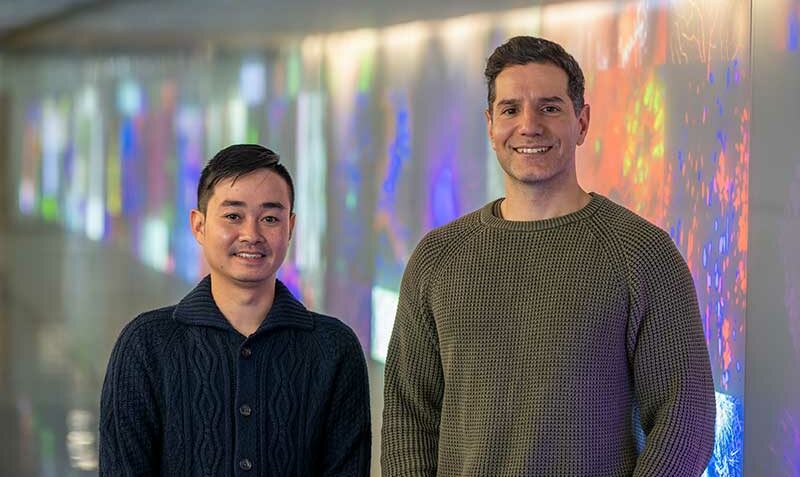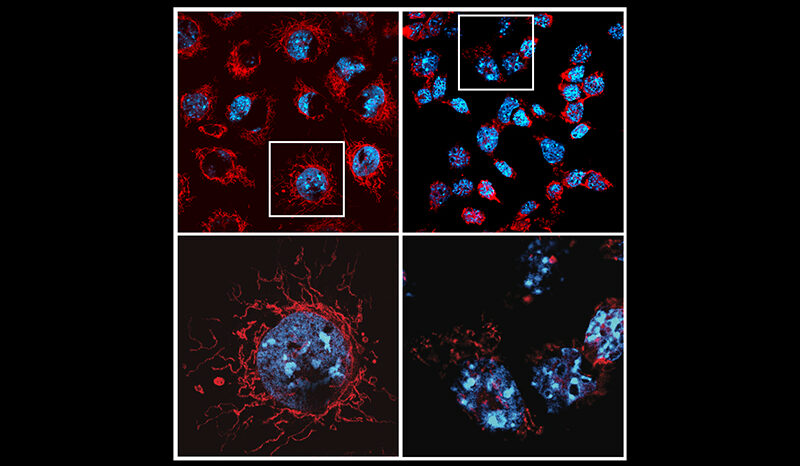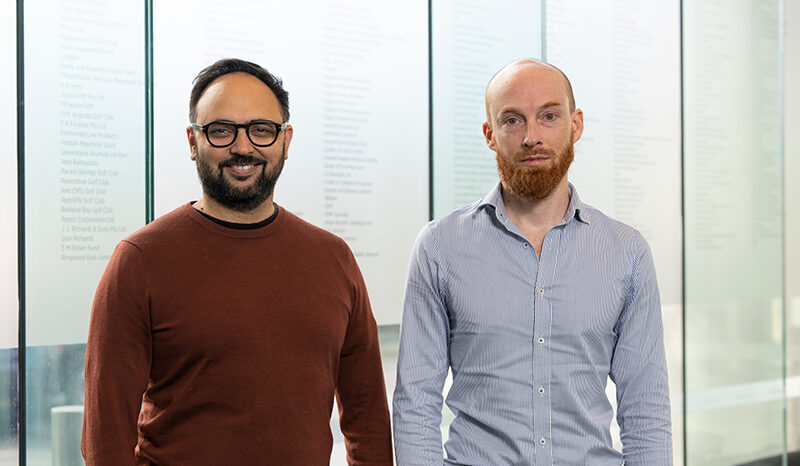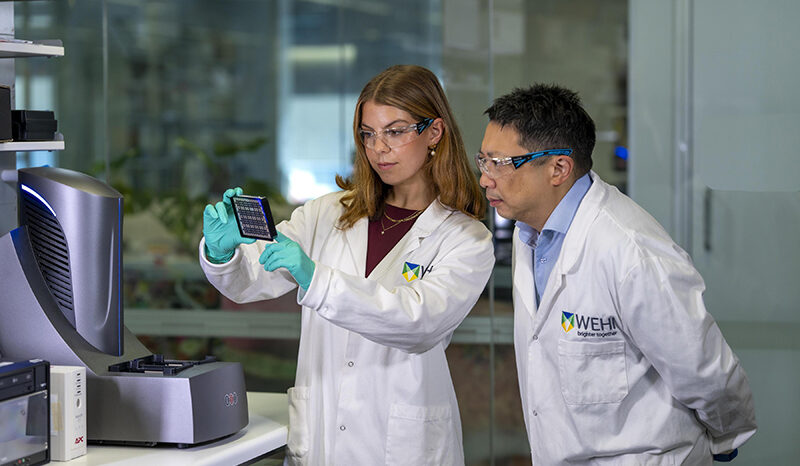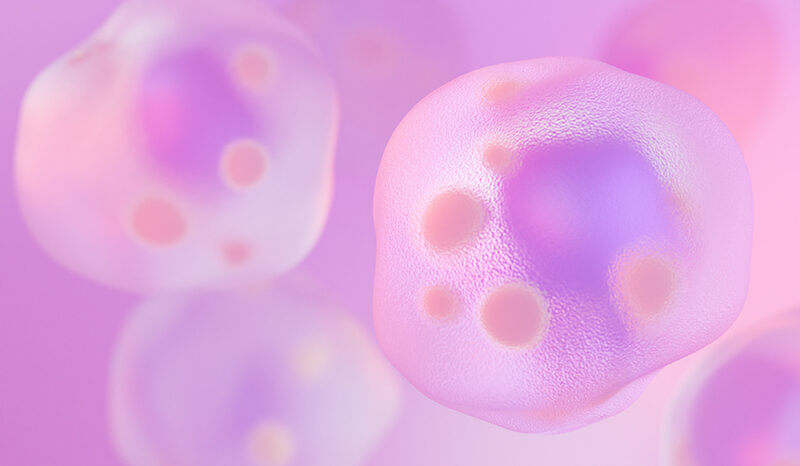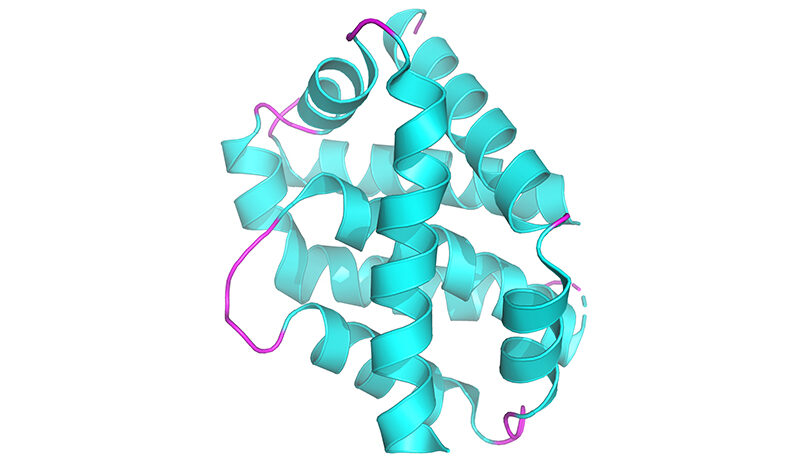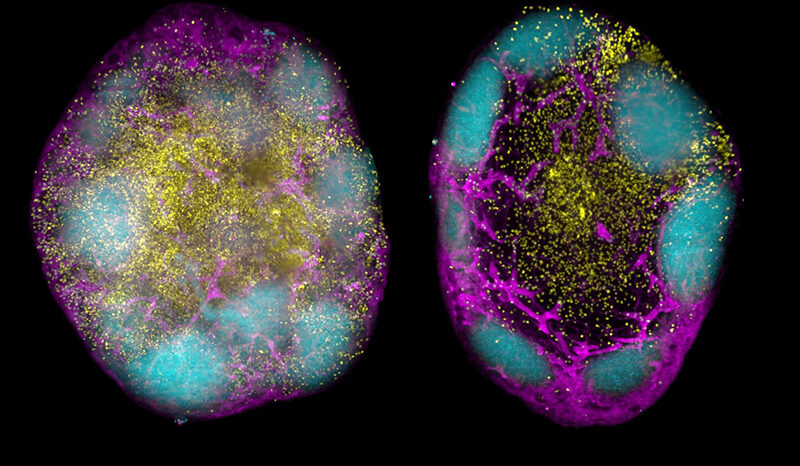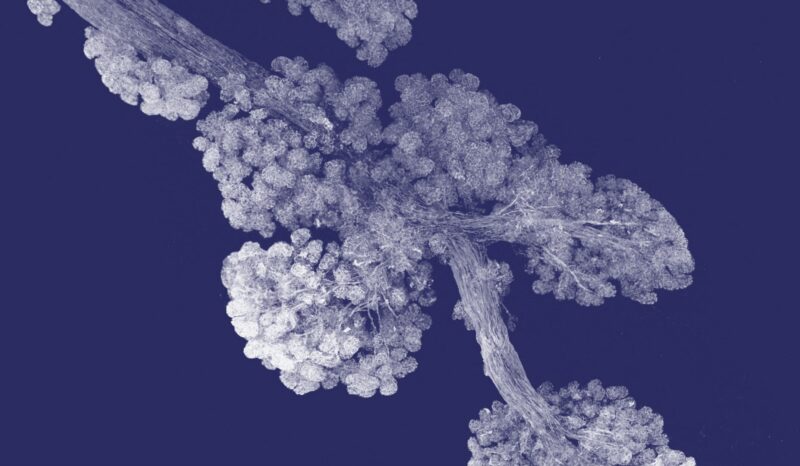About mitochondria
While mitochondria play a crucial role in producing the energy our cells need to carry out their various functions, when damaged, they can have profound effects on cellular function and contribute to the development of various diseases.
Broken-down mitochondria are usually removed and recycled through a garbage disposal process known as ‘mitophagy’.
PINK1 and Parkin are two proteins vital to this process, responsible for ‘tagging’ malfunctioning mitochondria for destruction. In Parkinson’s disease, mutations in these proteins can result in the accumulation of damaged mitochondria in the brain, which can lead to motor symptoms such as tremors, stiffness and difficulty with movement.
The new research, published in Molecular Cell, solves a mystery about how the protein Optineurin recognises unhealthy mitochondria ‘tagged’ by PINK1 and Parkin, enabling their delivery to our body’s garbage disposal system.
Associate Professor Michael Lazarou, a Laboratory Head in WEHI’s Ubiquitin Signalling Division, said the discovery filled a vital knowledge gap that would transform our understanding of this cellular pathway.
“Until this study, Optineurin’s precise role in initiating our body’s garbage disposal process was unknown,” Assoc Prof Lazarou, who also holds a co-appointment with Monash University, said.
“While there are many proteins that link damaged cellular materials to the garbage disposal machinery, we found that Optineurin does this in a highly unconventional way that is unlike anything else we’ve seen from similar proteins.
“This finding is significant because the human brain relies on Optineurin to degrade its mitochondria through the garbage disposal system driven by PINK1 and Parkin.
“Knowing how Optineurin does this provides us with a framework on how we might be able to target PINK1 and Parkin mitophagy in disease and prevent the build-up of damaged mitochondria in neurons as we age.




